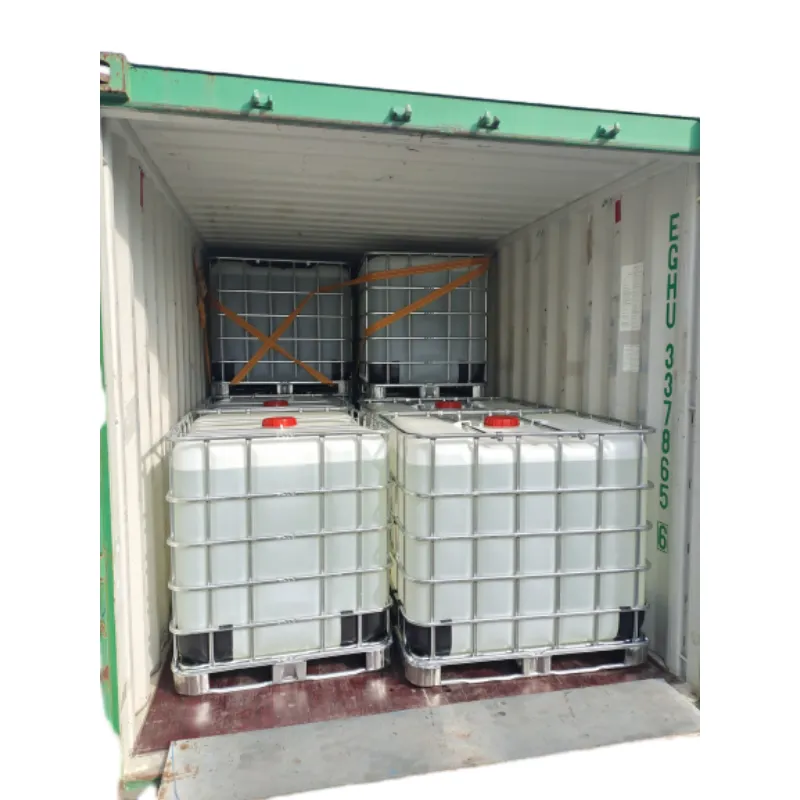
dangerous food additives
Dangerous Food Additives A Closer Look
In our modern food industry, additives play a crucial role in enhancing flavor, preserving freshness, and improving the texture of processed foods. While many additives are safe for consumption, there are some that can pose significant health risks. Understanding these dangerous food additives is essential for making informed dietary choices.
One of the most notorious food additives is monosodium glutamate (MSG). Commonly used as a flavor enhancer, MSG is found in numerous processed foods, including snacks, canned soups, and frozen dinners. While the FDA considers MSG safe, some individuals report adverse reactions such as headaches and nausea after consumption. Additionally, studies have suggested a link between excessive MSG intake and obesity, raising concerns about its long-term effects on health.
Dangerous Food Additives A Closer Look
BHA (Butylated Hydroxyanisole) and BHT (Butylated Hydroxytoluene) are two synthetic antioxidants commonly used to preserve fats and oils in foods. While they prevent spoilage and extend shelf life, studies have shown that both BHA and BHT can be carcinogenic in high doses, raising concerns about their safety in everyday consumption. The International Agency for Research on Cancer classifies BHA as a possible human carcinogen, calling into question the long-term effects of frequent consumption of foods containing this additive.
dangerous food additives

Sodium nitrite, widely used in processed meats like bacon, ham, and hot dogs, acts as a preservative and color enhancer. However, when exposed to high heat, sodium nitrite can form nitrosamines, which are known carcinogens. Studies have linked the consumption of processed meats high in nitrites to an increased risk of colorectal cancer. As a result, many health organizations recommend limiting intake of meats preserved with sodium nitrite.
Tartrazine, a synthetic food dye, is often found in beverages, candies, and processed snacks. While it gives foods a vibrant yellow color, it is associated with allergic reactions in some individuals, particularly those with asthma. Research has also indicated a potential link between artificial food colorings like tartrazine and hyperactivity in children, prompting calls for stricter regulations on its use.
Lastly, the trans fats present in partially hydrogenated oils are widely recognized as harmful additives. These fats increase LDL cholesterol levels while decreasing HDL cholesterol, leading to a higher risk of heart disease. Although many countries have implemented bans on trans fats, they can still be found in some processed foods. Consumers should be vigilant about reading ingredient labels and avoiding products containing partially hydrogenated oils.
In conclusion, while food additives serve several beneficial purposes in the food industry, some pose significant health risks. Awareness of these dangerous additives, such as MSG, aspartame, BHA, BHT, sodium nitrite, tartrazine, and trans fats, can help consumers make healthier choices. By reading labels, opting for whole foods, and staying informed about food safety, individuals can reduce their risk of exposure to harmful additives and promote better health. Our dietary choices today can significantly impact our well-being tomorrow, making it crucial to be mindful of what we consume.
-
Buy High-Quality Trichloroisocyanuric Acid for Sale | TCCA 90% SupplierNewsAug.30,2025
-
Pure Sodium Dichloroisocyanurate Dihydrate | Powerful DisinfectantNewsAug.29,2025
-
Industrial Chemicals: Quality & Purity for Every IndustryNewsAug.28,2025
-
Nitrile Rubber Honoring Strict Production StandardsNewsAug.22,2025
-
Aspartame Ingredients Honoring Food Safety ValuesNewsAug.22,2025
-
Fertilizer for Balanced Plant NutritionNewsAug.22,2025
-
Cyanide Gold Processing with High Purity AdditivesNewsAug.22,2025
Hebei Tenger Chemical Technology Co., Ltd. focuses on the chemical industry and is committed to the export service of chemical raw materials.
-

view more DiethanolisopropanolamineIn the ever-growing field of chemical solutions, diethanolisopropanolamine (DEIPA) stands out as a versatile and important compound. Due to its unique chemical structure and properties, DEIPA is of interest to various industries including construction, personal care, and agriculture. -

view more TriisopropanolamineTriisopropanolamine (TIPA) alkanol amine substance, is a kind of alcohol amine compound with amino and alcohol hydroxyl, and because of its molecules contains both amino and hydroxyl. -

view more Tetramethyl Thiuram DisulfideTetramethyl thiuram disulfide, also known as TMTD, is a white to light-yellow powder with a distinct sulfur-like odor. It is soluble in organic solvents such as benzene, acetone, and ethyl acetate, making it highly versatile for use in different formulations. TMTD is known for its excellent vulcanization acceleration properties, which makes it a key ingredient in the production of rubber products. Additionally, it acts as an effective fungicide and bactericide, making it valuable in agricultural applications. Its high purity and stability ensure consistent performance, making it a preferred choice for manufacturers across various industries.





